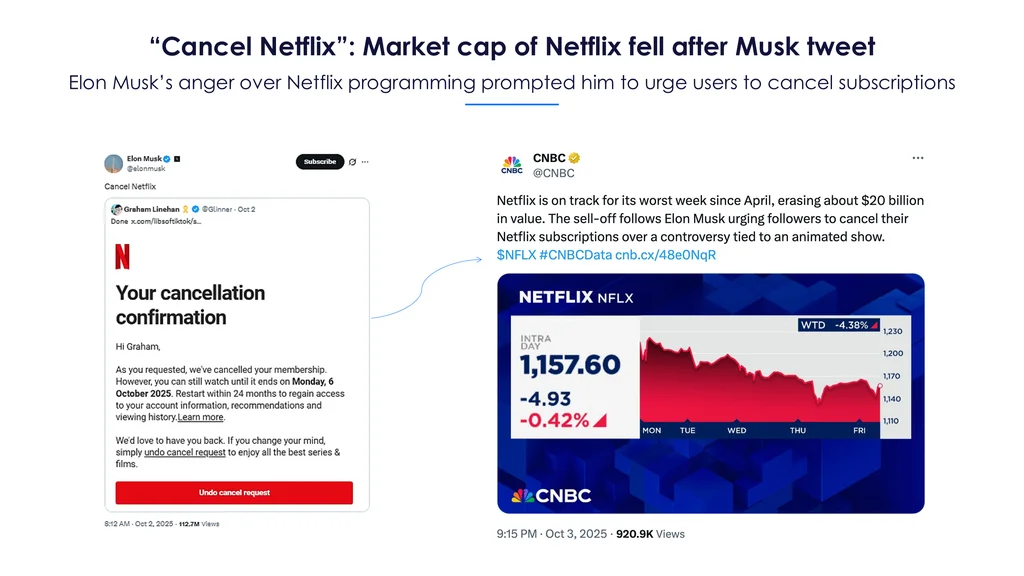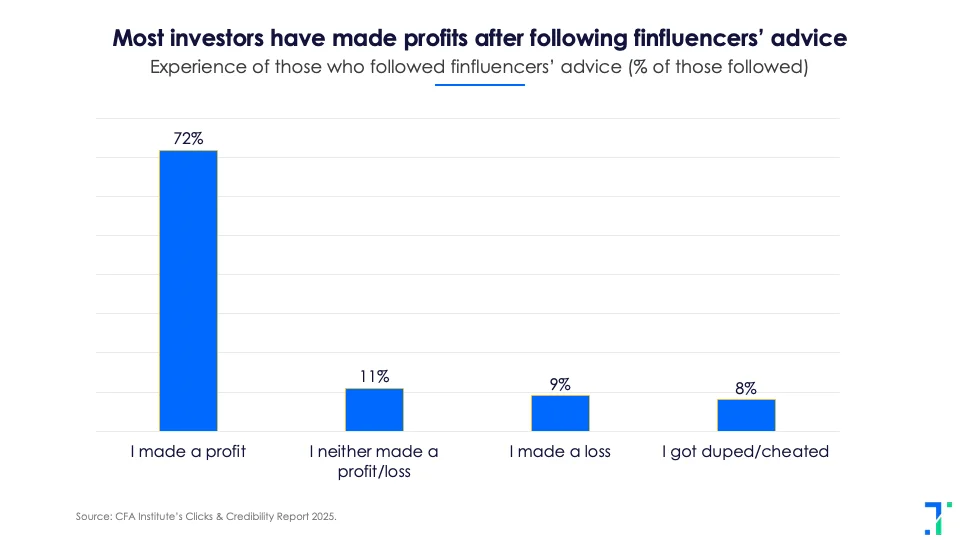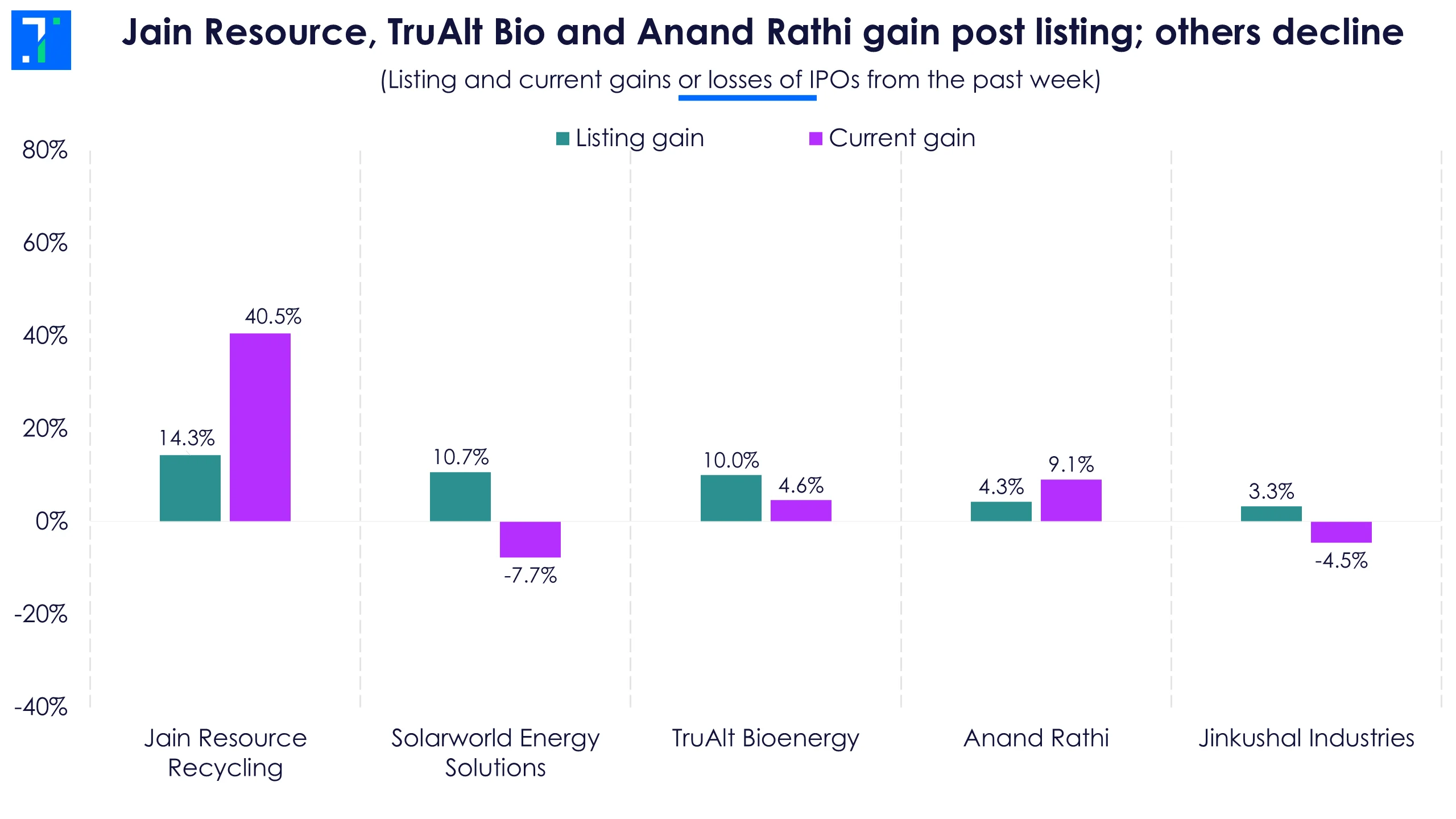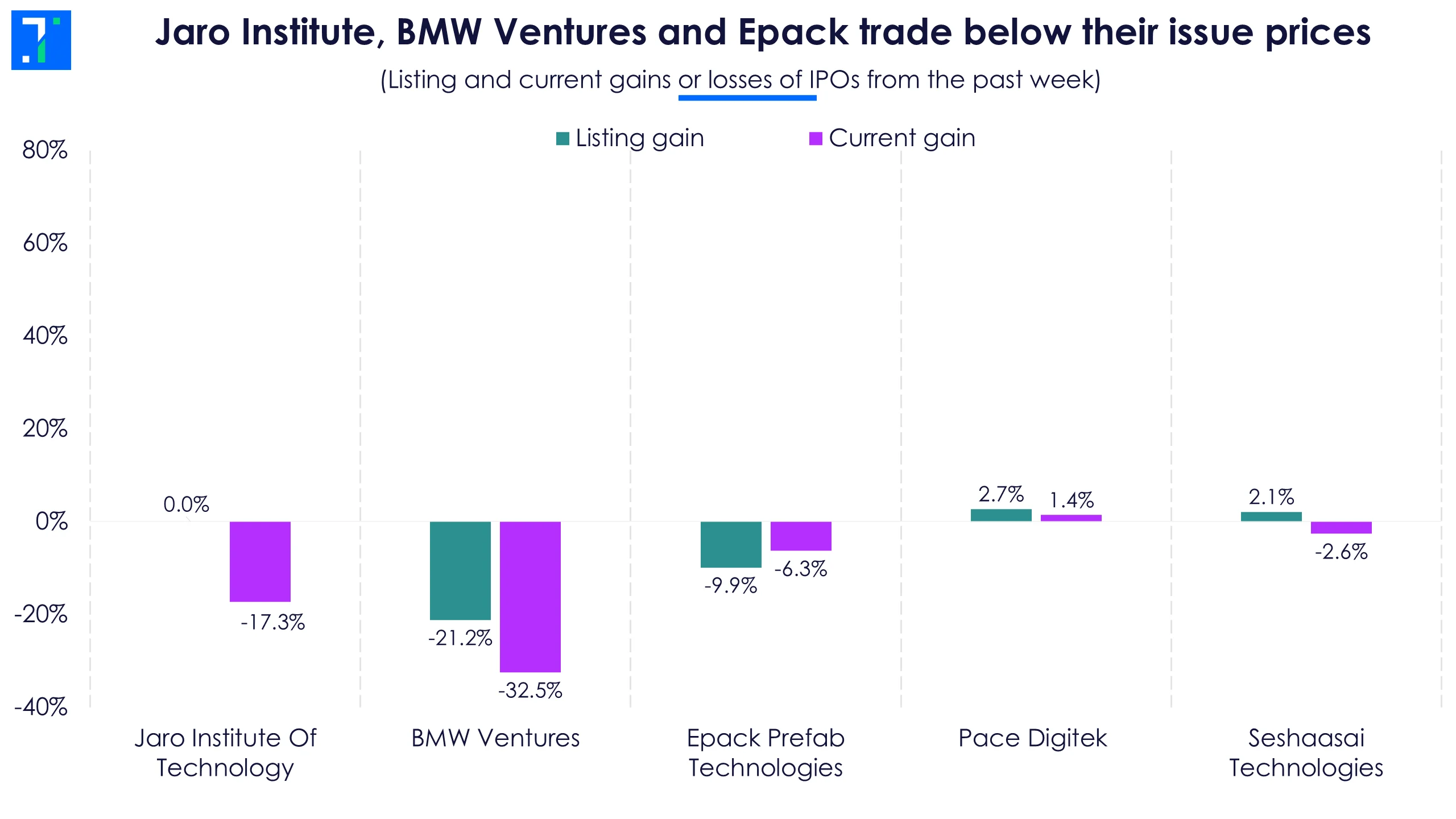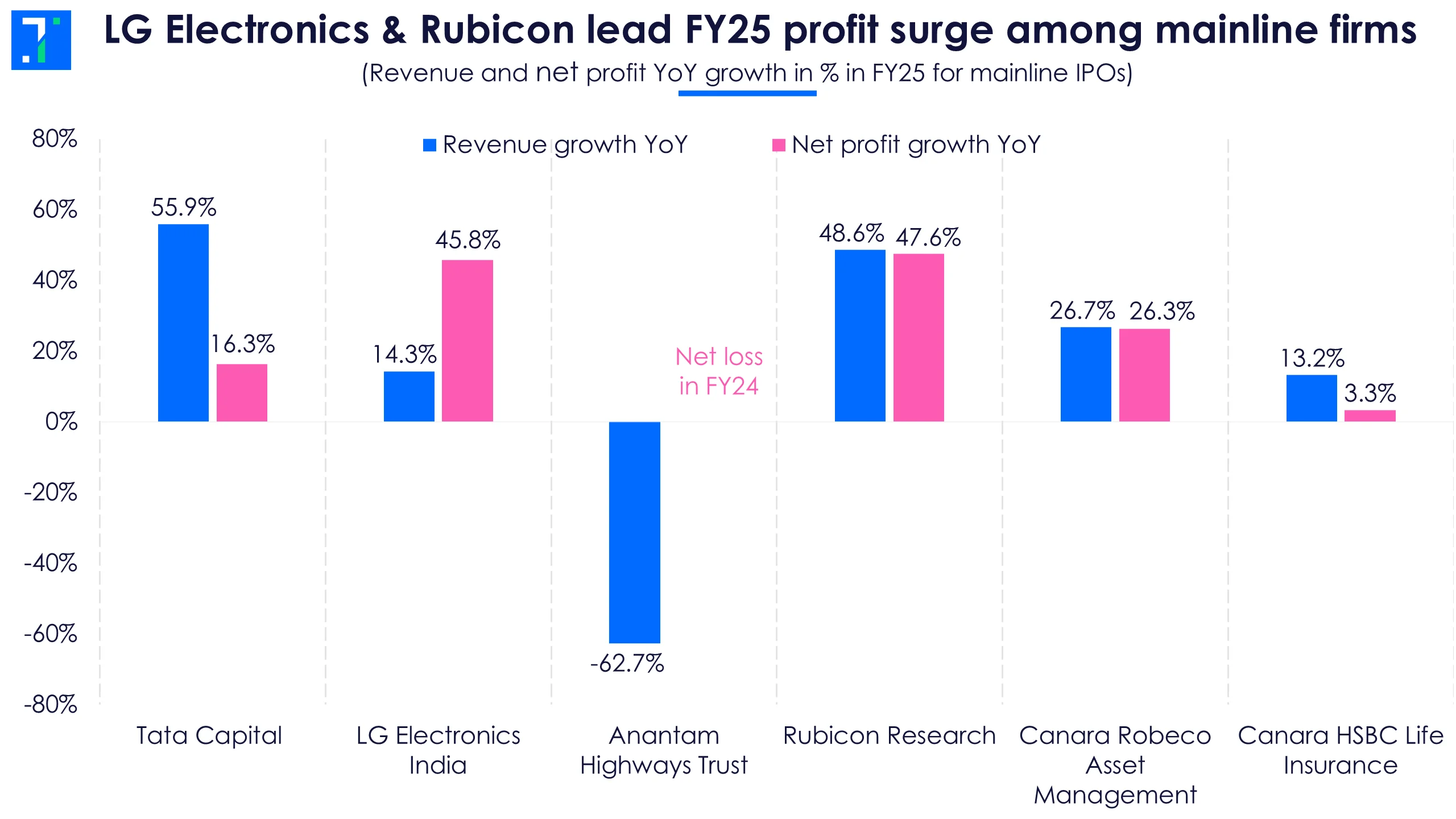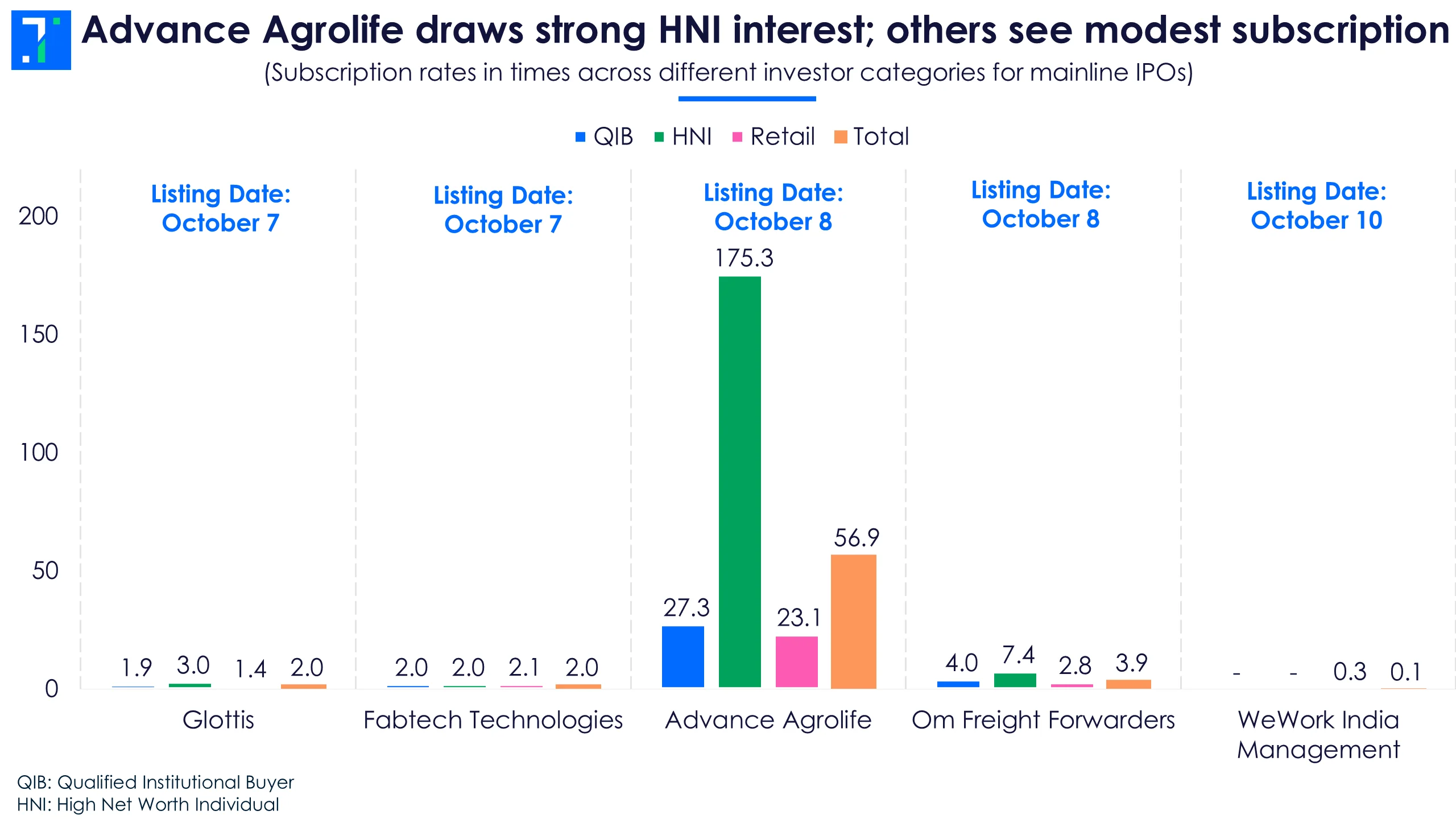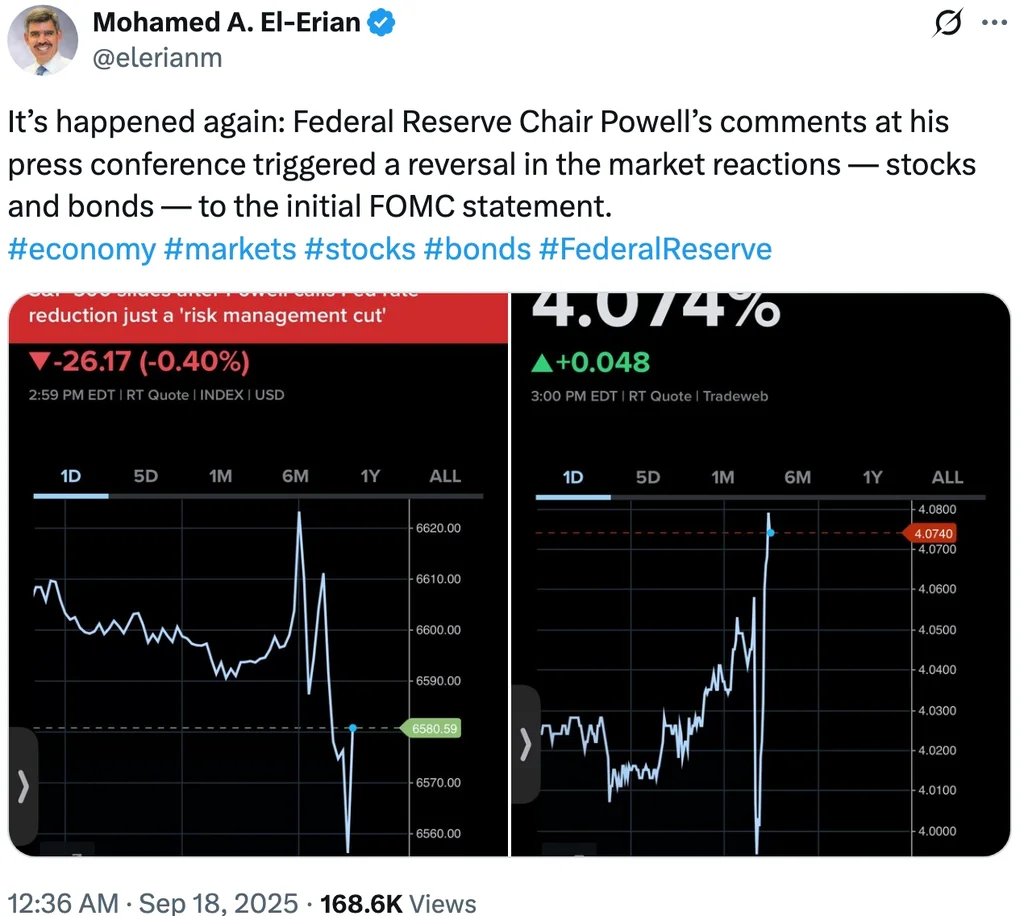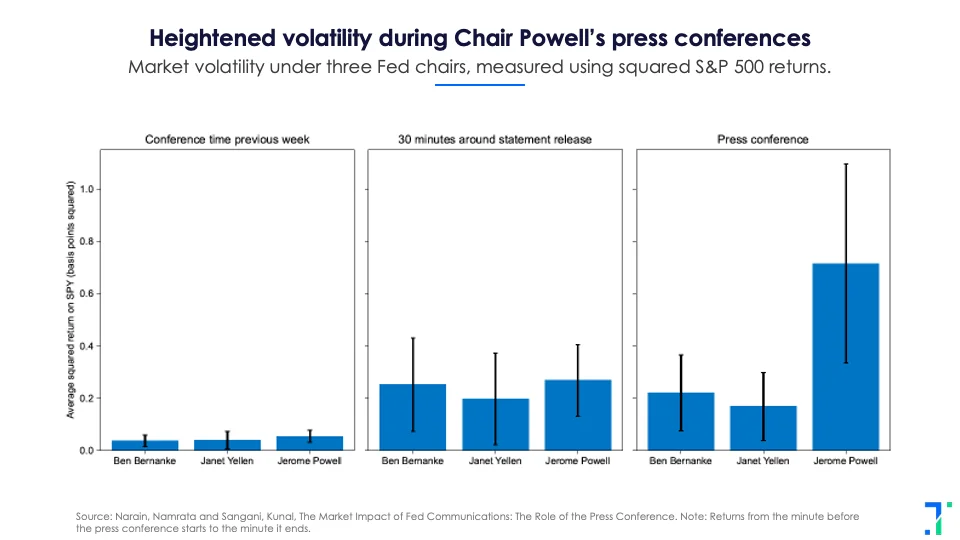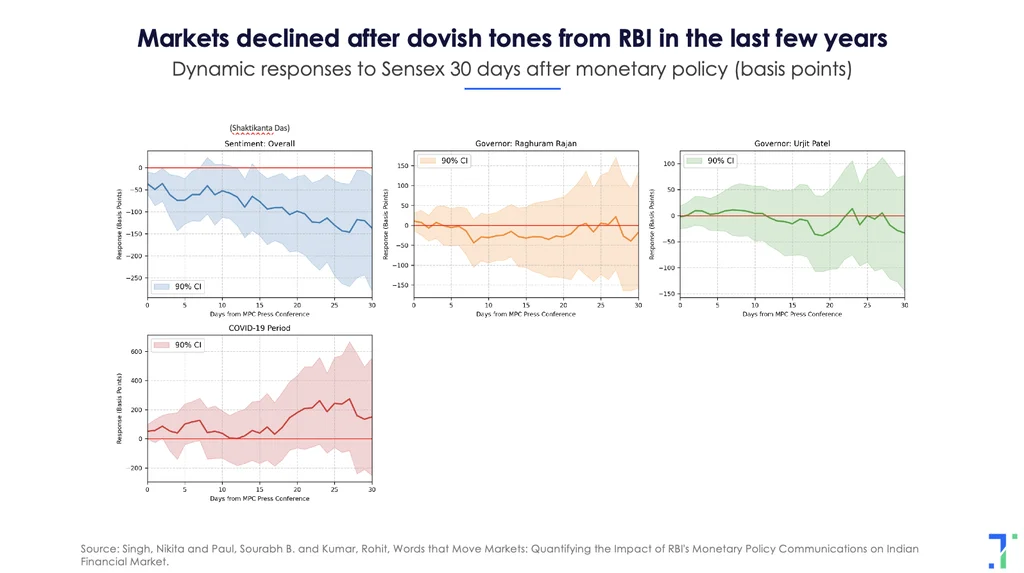
1.Eternal (Zomato):
This internet software & services company hit an all-time high of Rs 349.9 on October 10 after Citi raised its target price from Rs 320 to Rs 395. The increase was largely driven by the strong performance of its quick commerce business, Blinkit. Citi anticipates Blinkit's gross order value (GOV) to jump by 123% in FY26 and 57% the following year, fueled by the rapid addition of dark stores and launches in new cities.
The upcoming second quarter result is expected to be another strong period for Blinkit, with projections of up to 140% YoY growth in GOV. This growth is partly due to the festive season beginning towards the end of September. The company’s core food delivery business is projected to grow 18% YoY in Q2.
While Blinkit continues to perform well, competition in the quick commerce sector is heating up. Amazon has expanded its service, Amazon Now, to Mumbai after trial runs in Bengaluru and Delhi. Though Amazon is a new entrant with about 100 stores, it is now competing with established players like Blinkit, which has 1,544 stores, and Swiggy, with 1,062. Analysts see this as a typical phase of market growth where competition helps expand the overall market, and customer loyalty will likely benefit existing companies.
In a surprising move, Goldman Sachs sold over Rs 924 crore of its shares in Eternal through multiple block deals over the past month. This sale occurred even after its own brokerage arm had recommended the stock with a ‘Buy’ in September, citing the growth potential in the quick commerce unit. The bulk of the shares sold by Goldman Sachs were acquired by Morgan Stanley and BofA Securities Europe.
Eternal CFO Akshant Goyal said, “By moving most of the quick commerce business from a marketplace to an owned-inventory model over the next 2–3 quarters, we expect EBITDA margins on GOV to improve to 5–6% (from –1.8% currently) and RoCE to cross 40%.”
Regarding the food delivery business, Goyal has adjusted the growth forecast for FY26 down to 15% from the previous 20% estimate. This cut reflects restaurants offering more discounts to attract customers in a weak demand environment. However, the company aims to return to a growth rate of around 20% in FY27.
2. Hero MotoCorp:
This two-wheeler manufacturer rose 1.2% over the past week after September wholesales grew 7.9% YoY to 6.9 lakh units. The strong performance was fueled by a surge in domestic motorcycle and scooter sales, while exports nearly doubled, jumping 94.8% to 39,638 units. The stock features in a screener of stocks with high FII holdings, with a holding of 27.1%.
A reduction in GST rates from 28% to 18% boosted the company's scooter sales, which jumped 54.4% YoY, while motorcycle wholesales also climbed 4.8%. This tax relief is particularly crucial for Hero, as half its sales come from rural and semi-urban areas. The increased disposable income from the income-tax relief and reduction in prices from the GST cut are expected to revive demand in these key markets.
Commenting on the strong demand, Ashutosh Varma, Chief Business Officer of the company's India Business Unit, noted, "On the first day of Navratri, the number of customers walking into our showrooms and buying a two-wheeler more than doubled YoY. The sales that were deferred in anticipation of new pricing with GST 2.0 have picked up, and we are getting clear signs of customers’ strong intent to own a new vehicle without delay. Our newly launched festive range of 12 segment-leading models is driving this surge in demand across scooters and motorcycles.”
A weak Q1FY26 preceded the strong performance in September as Hero MotoCorp’s revenue declined 3.8% YoY due to the company temporarily shutting down four plants for maintenance and to resolve supply chain issues. Meanwhile, net profit jumped 63.1% YoY during the quarter, driven by price hikes, a rich product mix and a one-time income of Rs 629.4 crore from the Ather Energy IPO.
Post Hero MotoCorp’s September update, Axis Direct retains its ‘Buy’ call with a higher target price of Rs 5,960 per share. This indicates a potential upside of 8.4%. The brokerage points to Hero’s expanding EV portfolio, dominant market share in entry-level motorcycles, and international expansion as key growth drivers. It expects the company to deliver a revenue and net profit CAGR of 7.6% each over FY26-28.
3. Max Healthcare Institute:
Thishealthcare company rose 6.6% on September 6 following achange in government policy. The Union Health Ministry hiked Central Government Health Scheme (CGHS) rates for 2,000 medical procedures—the first revision in nearly a decade. This allows healthcare companies to charge higher prices for services provided to government employees.
This policy change directly impacts a key revenue stream, as 20% of the company's revenue comes from government patients, with 10% tied to CGHS. Nuvama Institutional Equitiesprojects the rate hike could boost revenue by 5–8%, improve EBITDA by 18%, and expand margins by 350–400 basis points.
The company's performance is already on the rise. InQ1FY26, revenue and net profit soared by over 30% YoY. This growth was fueled by higher patient volumes, stable revenue per bed, and new hospital contributions. Occupancy rates climbed to a healthy 76%. The outlook is even brighter. Trendlyne’sForecaster predicts a 46.8% profit surge in Q2FY26, driven by 44.8% revenue growth to Rs 2,583 crore.
Aggressive expansion underpins this growth. The companyplans to nearly double its capacity from 5,200 to over 10,000 beds by FY29, focusing on Delhi NCR and Mumbai. Chairman Abhay Soiconfirmed the immediate plan: “Our focus remains on commissioning the new bed capacities. We expect to add approximately 1,000 brownfield and 500 greenfield beds in FY26.”
Motilal Oswal endorses this positive outlook,maintaining its ‘Buy’ rating. The brokerage cites clear earnings potential fueled by ongoing expansion and disciplined capital use. It forecasts annual growth of 21% in revenue, 22% in EBITDA, and 27% in net profit over FY26-27, setting a target price of Rs 1,350.
4. Delhivery:
The stock of this warehousing & logistics company rose 7% in the past week after it provided a positive operational update for Q2FY26. The company reported shipping goods worth more than Rs 19,500 crore and processing over 10.4 crore e-commerce and freight shipments, signaling a period of robust growth.
Delhivery’s performance is drawing attention on the street. Foreign brokerage Macquarie notes the company handled a peak of 6.2 million parcels per day in September, matching its expectations. This suggests Delhivery has scaled operations effectively without compromising quality after its Rs 1,407 crore acquisition of Ecom Express in June, aimed at expanding its nationwide reach.
The company's Q1FY26 revenue rose by 6.2% YoY, fuelled by double digit growth in the B2C shipment volumes. Trendlyne’s Forecaster estimates its revenue to grow by 13.6% in Q2, due to rising retention volumes at Ecom express. The stock features in a screener of stocks having strong momentum.
Looking ahead, Delhivery plans to expand its quick-delivery services to three more cities and increase its number of local fulfillment centers. CEO Sahil Barua is confident that the company's Partial Truckload (PTL) freight division will achieve a healthy operating margin of 16-18%. He expects 20% revenue growth for the PTL division in FY26, driven by expansion into under-served geographies and further penetration into SME and retail segments.
This positive outlook is echoed by Kotak Securities, which recently upgraded Delhivery’s stock to a ‘Buy’ rating and raised its price target to Rs 565. The brokerage firm highlights the company's stable market share and notes that its current valuation doesn't fully capture the potential of its new business initiatives, which could add even more value for investors.
5. Kalyan Jewellers India:
This jewellery retailer has seen its share price climb 4.2% over the past week. The rise followed a strong Q2 business update, where the company reported a 31% YoY jump in revenue.
Kalyan Jewellers’ India operations witnessed strong growth despite a surge in gold prices, thanks to robust wedding demand and an early start to the festive season. The inclusion of Navratri sales helped cushion the impact of last year’s (Q2FY25) high base, which was caused by a customs duty reduction on gold. Meanwhile, same-store sales grew about 16% during the period, a clear signal of steady consumer demand.
Gold prices have risen 50% so far this year. However, jewellery retailers noted that higher gold prices also led to a rise in the average ticket size, which offset a marginal decline in the number of buyers. The company’s peer, Titan, also reported healthy revenue growth in Q2FY26, with a 20% YoY increase. According to Trendlyne’s Forecaster, Kalyan Jewellers' revenue is expected to grow by 22.5% YoY in Q2FY26.
Meanwhile, the company added 15 new stores in India during the quarter, two in the Middle East, and 15 outlets for its Candere brand. Candere, the company's online-focused brand, continued to expand rapidly, delivering a huge 127% jump in revenue supported by more visitors both in showrooms and online. As of September 30, Kalyan Jewellers’ total store count stood at 436. Executive Director Ramesh Kalyanaraman said, “We are on track to add around 15 more Kalyan showrooms in India before Diwali, encouraged by strong customer traffic across major markets.”
ICICI Securities upgraded its rating on the company to ‘Buy’ with a target price of Rs 670. The brokerage expects Kalyan’s sales momentum to remain strong, helped by steady demand even with high gold prices, as well as its accelerating pace of opening new stores. It projects the company’s revenue to grow at a 28% CAGR over FY26-27.
Trendlyne's analysts identify stocks that are seeing interesting price movements, analyst calls, or new developments. These are not buy recommendations




